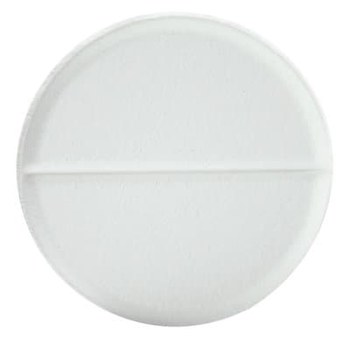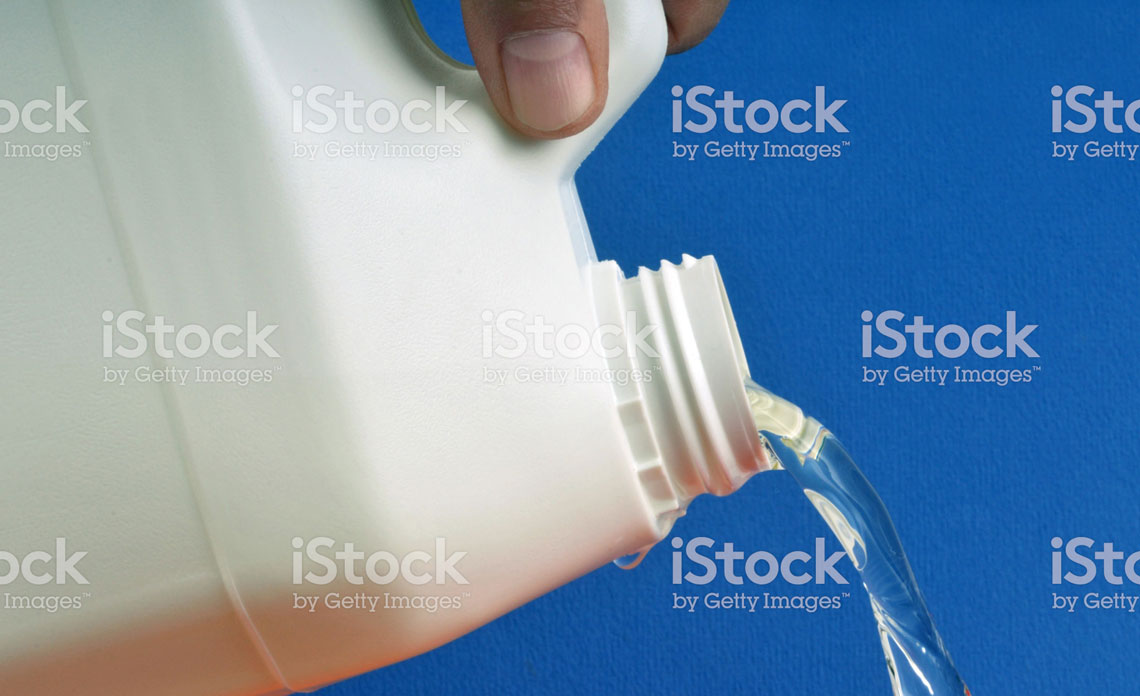
Select options
This product has multiple variants. The options may be chosen on the product page

Bleach is the common household name for a solution of sodium hypochlorite and water. Pure sodium hypochlorite is a water soluble, yellowish liquid that contains about 12% chlorine and is an extremely powerful oxidizing agent. It will corrode or destroy most metals, react with acids, peroxides, and many other chemicals to produce a toxic chlorine gas. It will dissolve paper, cloth, and many other organic materials.
The typical household strength for bleach is 5-6% chlorine. Even in this reduced capacity, bleach is a potent oxidizer and disinfectant with very high alkalinity. Caution must be used when working with bleach – even in a diluted forms. Fumes can produce severe irritation to the respiratory system. Skin contact can result in mild irritation to burns. Prolonged eye contact can cause permanent damage. Bleach contains NO cleaning agents.
Quat is the common name for quaternary ammonium chloride compounds. There are about 300 varieties of these compounds that provide varying anti-microbial efficacies. Quats are generally surfactants with cationic (positive) charges. Due to their surfactant structure, quats contribute cleaning power to their formulas. These products are low in both toxicity and corrosivity which makes them user-friendly and simple. These products are the choice disinfectant for most hospitals and health institutions.
While the advantage of bleach is the inexpensiveness to use, it is greatly outweighed by disadvantages due to its hazardous nature to both health and the environment.
The disadvantages of quat are the price when compared to bleach. However, the advantages of quat is what makes it the winner.
Thank you for reading. Please let us know in the comments if there are any questions we can address on bleach or quat!
No account yet?
Create an Account